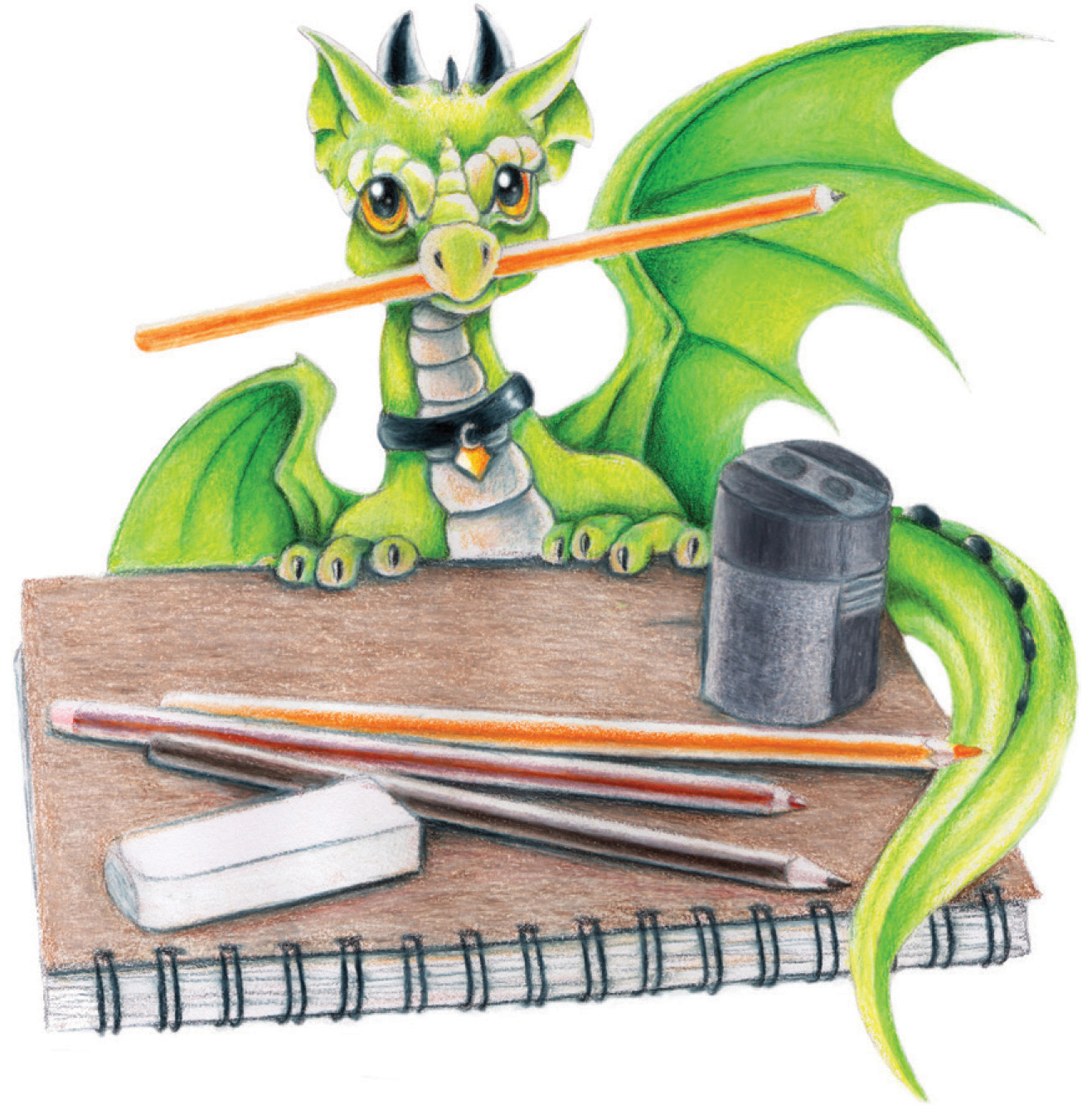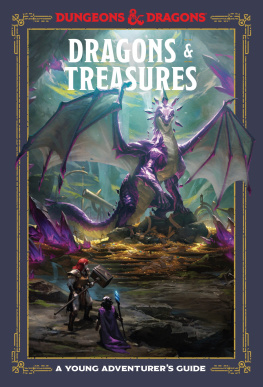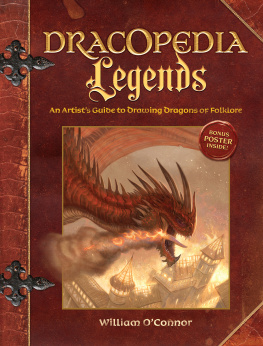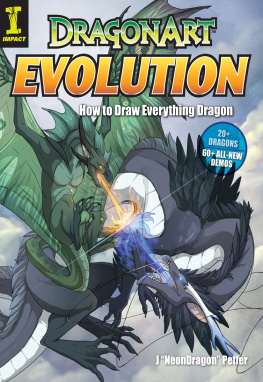


Text and illustrations copyright 2018 Sandra Staple. Design and concept copyright 2018 Ulysses Press and its licensors. All rights reserved. Any unauthorized duplication in whole or in part or dissemination of this edition by any means (including but not limited to photocopying, electronic devices, digital versions, and the internet) will be prosecuted to the fullest extent of the law.
Published in the United States by:
Ulysses Press
P.O. Box 3440
Berkeley, CA 94703
www.ulyssespress.com
ISBN: 978-1-61243-770-5
Library of Congress Control Number 2017952128
10 9 8 7 6 5 4 3 2 1
Acquisitions editor: Casie Vogel
Managing editor: Claire Chun
Editor: Renee Rutledge
Proofreader: Shayna Keyles
Front cover design: Justin Shirley
Cover art: Sandra Staple; parchment background Sk_Advance studio/shuttersstock.com
Interior art: Sandra Staple
IMPORTANT NOTE TO READERS: This book is independently authored and published and no sponsorship or endorsement of this book by, and no affiliation with, any trademarked brands or other products mentioned within is claimed or suggested. All trademarks that appear in this book belong to their respective owners and are used here for informational purposes only. The author and publishers encourage readers to patronize the quality brands mentioned in this book.
When my now 10-year-old daughter, Chloe, was 18 months old, she was diagnosed with type 1 diabetes. So I would like to dedicate this book to her, and all the teens and children out there fighting against these types of illnesses that so quickly take over a large part of their lives. To me, they are stronger, braver, and more courageous than any dragon in this book could be!
Acknowledgments
First, I would like to thank my husband, Jason, for without his strong support and encouragement to pursue my artistic career, this book certainly would not have happened. I would also like to thank all my friends and family, who offered great moral support when I quit my career as a business analyst. Finally, I would like to thank everyone I worked with at Ulysses Press, who were endlessly patient while I worked on all the drawings for this book. Thank you everyone for making this project a success!


Contents
Table of Contents
Guide

With so many mediums that an artist can work with today, it can be hard to decide which one to choose! Picking up pencils and paper is a great start for any young artist, and these tools are versatile, inexpensive, and mobile as well. Bring a sketchpad and a few pencils with you before heading out to a park or to your next movie night at a friends house. (That way, if you end up watching a truly terrible movie but manage to draw something you like, the evening isnt totally wasted!) I used to bring a 24-pack of colored pencils with me and even kept a box at my desk at some of my first jobs for when there was downtime (shh!).
Drawing is a great hobby to help escape the busy and hectic schedules many of us face each day, whether at work or at school, and it allows some quiet time for the mind to wander. I often listen to music while I draw, but will sometimes just enjoy the quiet, allowing my mind to imagine wonderful stories for the characters and creatures I am creating.
Drawing creatures such as dragons allows you to really stretch your imagination, since there are no photos that you must follow exactly in order to create a realistic creature. If you look at the vast amount of dragon art created over years of our fascination with the beast, you will find so much variance between them that they could be separate creatures altogether. So my request to you is, as you follow through this book, try to also find and embrace your own style of art and your own style of dragon, and dont become discouraged if your pieces dont turn out just like mine. Allow yourself to make mistakes without being discouraged, and most importantly, keep practicing! You will be surprised at how quickly you improve if you just keep on drawing.

Before you get started, you will need to acquire some basic tools and learn some simple tips and techniques in order to create your finished works of art.
Although you can technically pick up any cheap pencil and notepad, I strongly advise against them, especially loose-leaf books or lined notebooks. I had a young fan visit me for her birthday one year. Her parents had surprised her by buying her a copy of my book because she had taken it out of the library so many times to draw from, and since they lived nearby, they brought her over with the book so I could sign it. She showed me her sketchbook, and although it is always nice to see new work from a budding artist, I cringed when I saw that her sketchbook was actually a lined paper notebook. It greatly takes away from your drawing to have lines going through it. (Of course this will happen when you inevitably doodle through a boring class or long day of work, but it shouldnt be in your main sketchbook or on your main drawings.) The first thing I told her parents wereyou guessed itget her a proper sketchbook!
So if you take one thing away from this entire section, GET A NICE SKETCHBOOK! See, I even capitalized it so you cant say you didnt see that if you turned to this page. It doesnt even have to be a super nice one, just one that has white paper. I would advise against getting a brown-hued or newsprint pad. Try to at least get something that has white sheets in it so that the paper color doesnt influence the colors of your drawing. Getting a sketch pad with acid-free paper would also be a bonus, as then your paper wont turn yellow over time, which is why I dont recommend drawing on regular computer printer paper (except for those doodles at the office or at school, when there is no other white paper to turn to!).
TOOLS OF THE TRADE
Other than the medium you choose to color your drawings with, I would say there are five essential things you need before you get started sketching, plus one item that is nice to have.

PAPER/SKETCHBOOKS
As I already mentioned, get yourself a nice, acid-free, unlined sketchbook or notepad with white paper to draw in. I recommend getting something around 8 10 inches in size, as its a standard size to work with. It gives you enough room to draw something large, and it also fits nicely on your lap. I actually prefer the coiled, hardcover sketchbooks, as these can be folded all the way around, and the hardcover makes it easy to draw without having to sit at a table or desk.

















